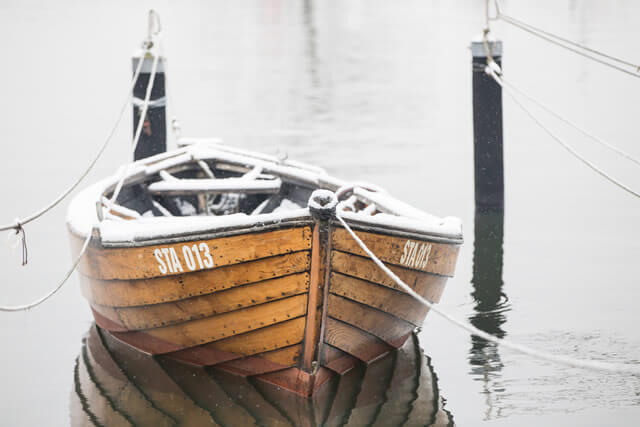
20 Aug Discover Boat Building Science
Boat Building Science
Did you know that you can UN-mix colors? No. Well, step right up and explore the fascinating world of chromatography!
Here’s What You Need
- Aluminum foil
- Pennies or marbles
- Tub of water
Here’s What You Do
Using a 20cm x 20cm square of aluminum foil, design and build a boat that will float on the water and carry a load of pennies. Place your empty boat on the surface of the water. Make sure the boat is floating upright. You may need to play with it a bit. Now, slowly add pennies or marbles to your boat. How much mass (pennies or marbles) can your boat hold before it sinks? Once you discover how much mass you boat can hold, grab another piece of foil and try another design. What design works best? Why do you think one boat design holds more than another?
The Science Behind The Boat Float
Water tends to maintain a level surface. When you put an object into water, gravity pulls the object down and displaces some of the water, which means some of the water is pushed aside. Now the surface of the water is no longer level. Gravity pulls the displaced water down, and causes an upward force on the object. This upward force is equal to the weight of the water that the object displaces, and is called buoyancy. Buoyancy depends upon the volume of liquid displaced as well as the density of the liquid. Density is the mass of a certain volume of liquid. This is why it is easier to float in the ocean than in fresh water. Seawater is more dense than fresh water, so your buoyancy is greater in the ocean.
The amount of fluid that an object displaces depends upon the volume of the object: more volume means more fluid displaced, which means more buoyancy. Boat hulls are designed to displace a volume of water that weighs more than the boat and its cargo. If the force of displaced water pushing on the hull is greater than the force of gravity pulling the boat down, then the boat floats! But if you could take a sea-worthy boat hull, break it down, and bundle the pieces together, the bundle will sink. Why? Because there is no longer sufficient water displacement to counteract the force of gravity on the pieces of the hull.
Wondershop Fast Fact
Archimedes Great Discovery: The idea of buoyancy was summed up by a Greek mathematician named Archimedes: any object, wholly or partly immersed in a fluid, is buoyed up by a force equal to the weight of the fluid displaced by the object. Today, this definition is called the Archimedes Principle.

